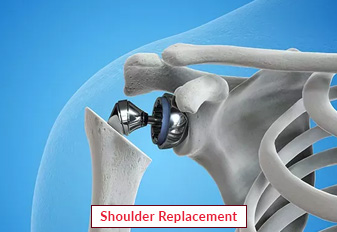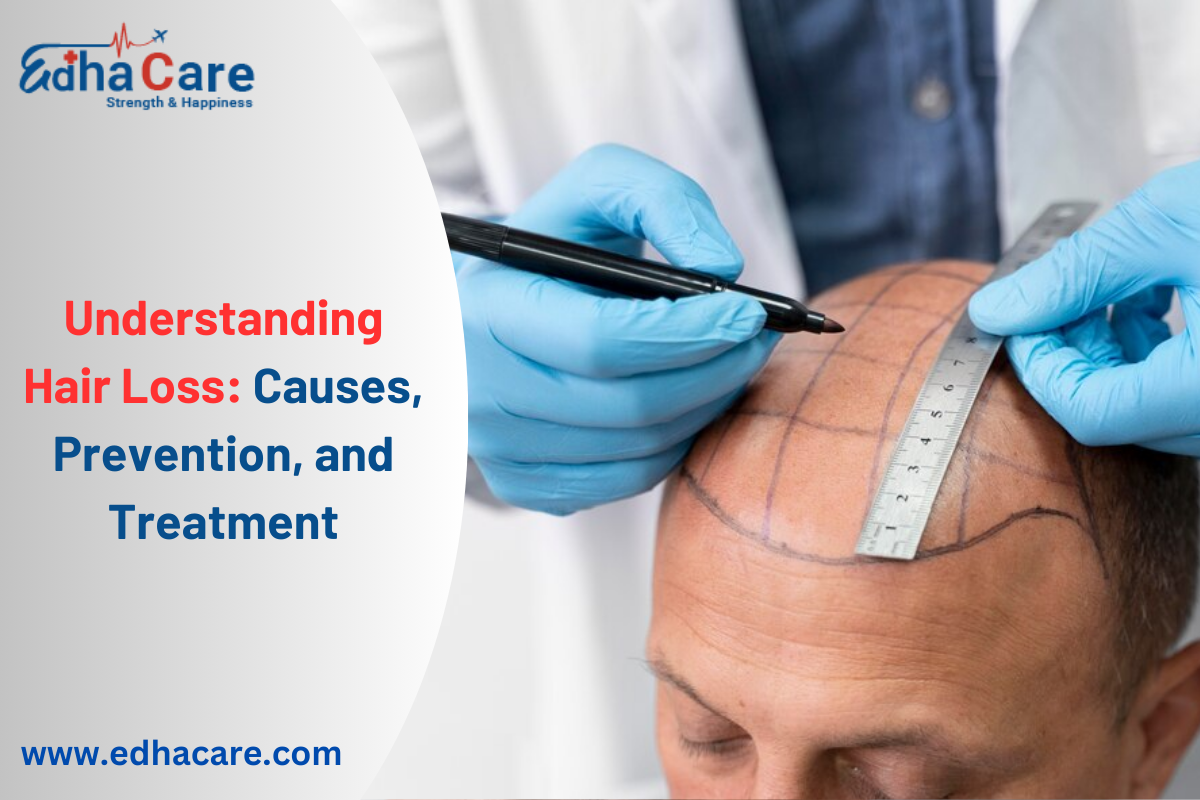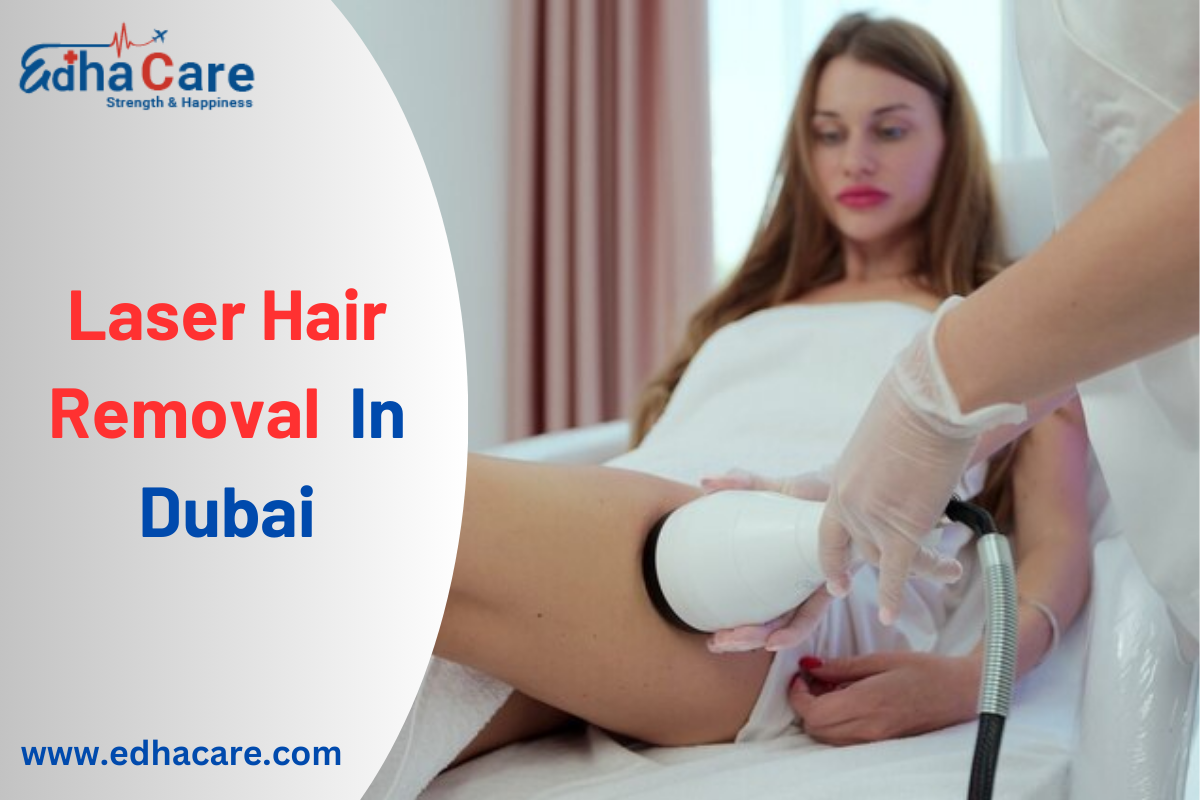Club Foot Treatment
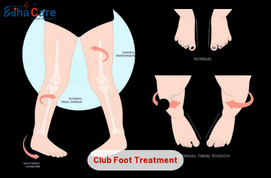
Clubfoot treatment intends to correct the congenital defects characterized by an inward rotation of the ankle and foot. A common approach for progressively correcting foot posture is the Ponseti method, that includes softly manipulating, stretching, and casting the foot. After the casting, the youngster might need an Achilles tenotomy, a minor surgical operation, to extend the taut Achilles tendon. After that, to keep the corrected position at night, the youngster wears boots or braces with a bar. It's essential to schedule follow-up sessions on a regular basis to assess development and track progress. The majority of kids can regain normal foot functioning and mobility with early intervention and regular care.
Book an AppointmentAbout Club Foot Treatment
Symptoms: Clubfoot is characterized by one or more feet that are twisted inward at an irregular angle; the foot that is impacted often appears smaller than normal. The front portion of the foot may bend inward while the heel points downward. In extreme circumstances, the foot could become inverted.
Causes: Although the precise etiology of clubfoot is yet unknown, environmental and genetic factors are thought to have a role. Genetic predisposition or aberrant placement within the womb could be the cause. Clubfoot has also been connected to specific medical disorders and maternal smoking during pregnancy.
Treatment: To gradually realign the foot's posture, a series of manipulations, castings, and occasionally surgery are used. The highest results are obtained with early intervention, typically during the first few weeks of life. As the kid gets older, braces and stretching exercises might be required to keep the correction in place and stop relapses.
Procedure of Club Foot Treatment
Diagnosis: The distinctive foot deformity that is present at birth is used to identify clubfoot during a physical examination.
First Assessment: To determine the extent of the clubfoot deformity and rule out any related conditions, a comprehensive assessment is carried out.
Casting: During the course of several weeks, the foot is gradually stretched and reshaped with a succession of plaster casts that are applied after the foot is gently manipulated into the proper posture.
Tenotomy (if necessary): A minor surgical treatment known as a tenotomy may be carried out to stretch the Achilles tendon, enabling further repair, in certain cases where the tendon remains tight despite casting.
Bracing: To preserve the corrected position and avoid relapse, the infant is equipped with specialized braces (usually Denis Browne splints) once the desired correction is attained. Typically, the braces are worn full-time for a few months before being gradually decreased to nocturnal use.
Follow-up: To evaluate progress, make necessary treatment adjustments, and guarantee appropriate foot growth and development, it is imperative to schedule regular follow-up sessions with the orthopedic specialist.
Monitoring and Long-term Care: While the majority of clubfoot cases can be effectively treated with initial care, ongoing observation may be required to manage any lingering problems or recurrence of the deformity as the child grows.
Require Assistance?
Get A Quick Callback From Our Healthcare Experts
Other Specilities We Cover
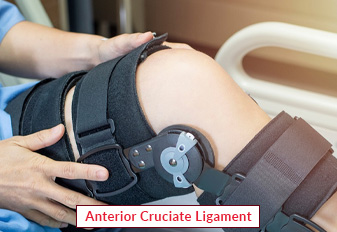
Anterior Cruciate Ligament (ACL)
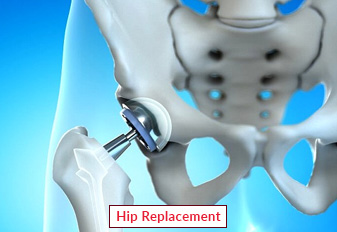
Hip Replacement
